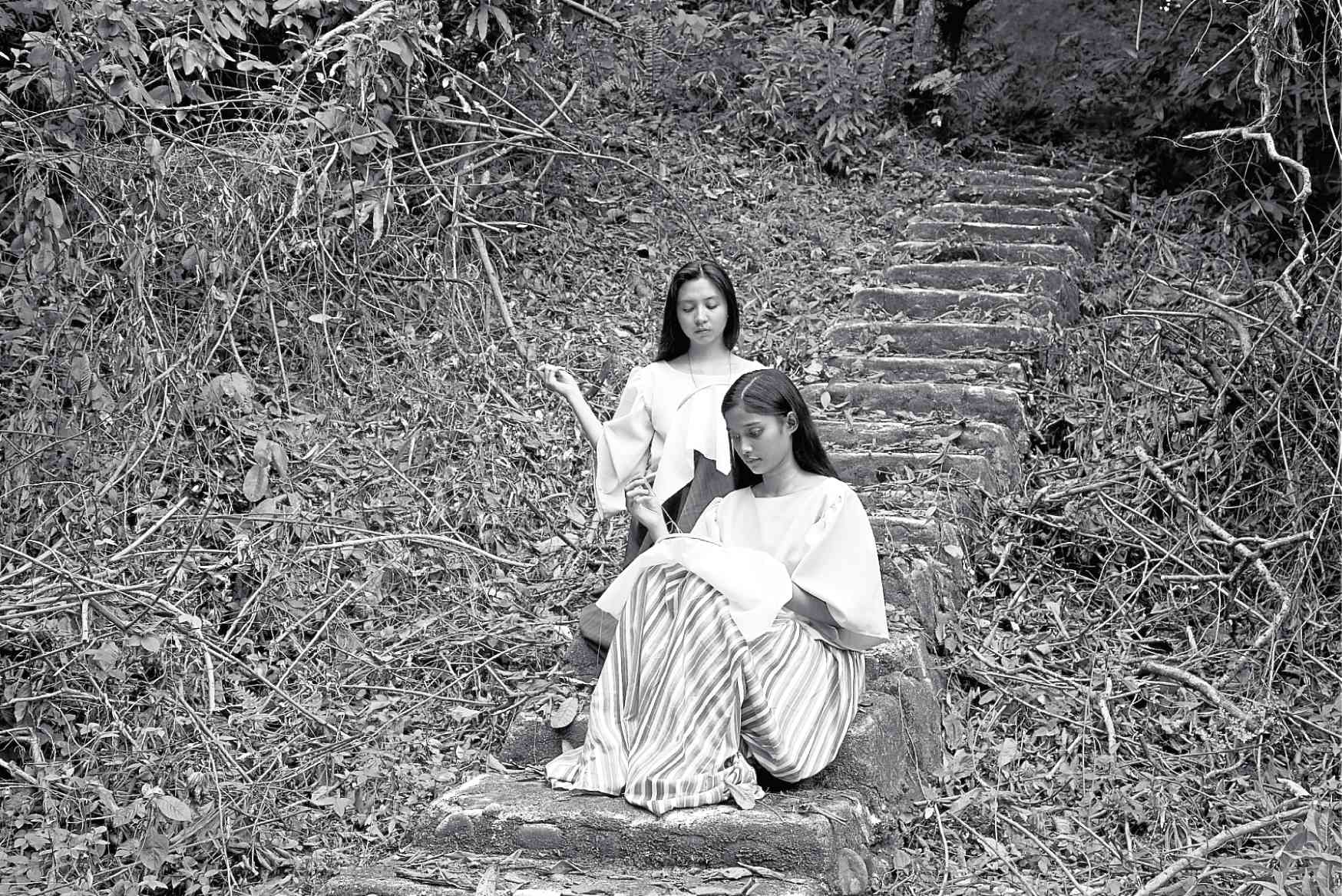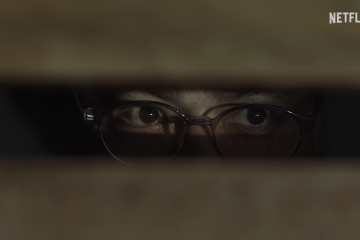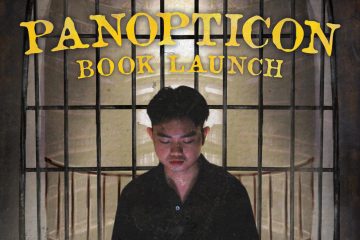By ISABELL ANDREA M. PINE

THE SPANISH colonization of the Philippines centered around God, gold, and glory. One cannot deny how these played a big role in the country’s history and how they created a lasting impact on Filipinos. This begs the question of whether or not modern-day Filipinos still have a hold of their true culture and how much of their identity is influenced by the colonizers of the past. For this reason, Masla A Papanok retells the destruction of culture and the reality of forgetting it through the perspective of two representations of the Filipinos’ beginnings.
Set in 1892, Masla A Papanok tells the story of two royalties of Maguindanao and their experiences during and after the Spanish colonization. The first story focuses on Clara (Quennie Lyne Demoral), originally named Bai Intan, who decides to convert to Christianity and is taken in by the convent after refusing to agree to an arranged marriage.
The second story focuses on Bai Intan’s cousin, Dumingel, who is curious about the city life and is hesitant to claim his title as the prince of his barangay. It is through these characters that the viewers are given a glimpse of the rich culture of Mindanao through the representation of a pre-colonial culture that shows the relationships among the datus, alipins, and other members of a certain social class, and the Moros’ belief in nature gods and spirits.
Cultural assimilation is shown throughout the film as the clash of cultures is further highlighted by the remarkable production design that stayed faithful to the era it wanted to portray. They also showed the culture of the Spaniards from the Moros’ perspective through scenes where Clara had difficulty in learning how to speak Spanish and understanding the Catholic teachings such as prayers and self-flagellation in their religious rituals.
The notable contrast between the colorful costumes of the people of Maguindanao and the monochromatic ensembles of the members of the convent conveyed the juxtaposition of the two sides. To demonstrate the realism of the setting, the film also provided familiar elements such as the convent, which symbolized the Spaniards, and fishing and farming, which symbolized the people of Maguindanao.
Another exemplary facet about the film is the incorporation of mythology into a historical setting. The magical realism heightens the impact of the film, like when the mythical bird served as a warning that tragedy may occur. The role of the mythical bird is used not only to show the culture of the people of Maguindanao but also to symbolize the destruction of one’s culture.
Likewise, the periodical silences, religious hymns, and the beats of gongs and bamboo drums accent the atmosphere of the film. The sounds then slowly converge into one rhythm, symbolizing how the two main characters have now been assimilated into the culture of the Spaniards.
However, the main idea of the film is not presented in the best way, as the transitions per scene are sloppy and make the story hard to follow. This is evident in the scene where the convent is attacked—which is presented in monochrome—and it suddenly shifted to a perspective of the livelihood in Maguindanao, which is desaturated in color and design.
There is also much to be desired from the characters’ acting, as their line delivery sounded rehearsed in the majority of the film. Emotions were not properly conveyed in the most pivotal moments because the tone of the actors’ voices and their facial expressions were rather unconvincing. This lack of catharsis in the performance of the main characters make their storyline not as emotionally engaging in comparison with the storylines of the side characters such as Elena, who is a Visayan helper of Clara during her stay in the convent, and Jorge, who is a Spanish soldier of mixed ethnicity, making him both a Moro and a Spaniard by blood.
In essence, the film shows how culture can be wiped away if one chooses, or if one is forced to conform to their colonizers. Just like how the mythical bird foretold disasters, the act of forgetting leaves an individual with a personal tragedy: the loss of one’s identity makes it hard to hold on to what makes a person whole. F



